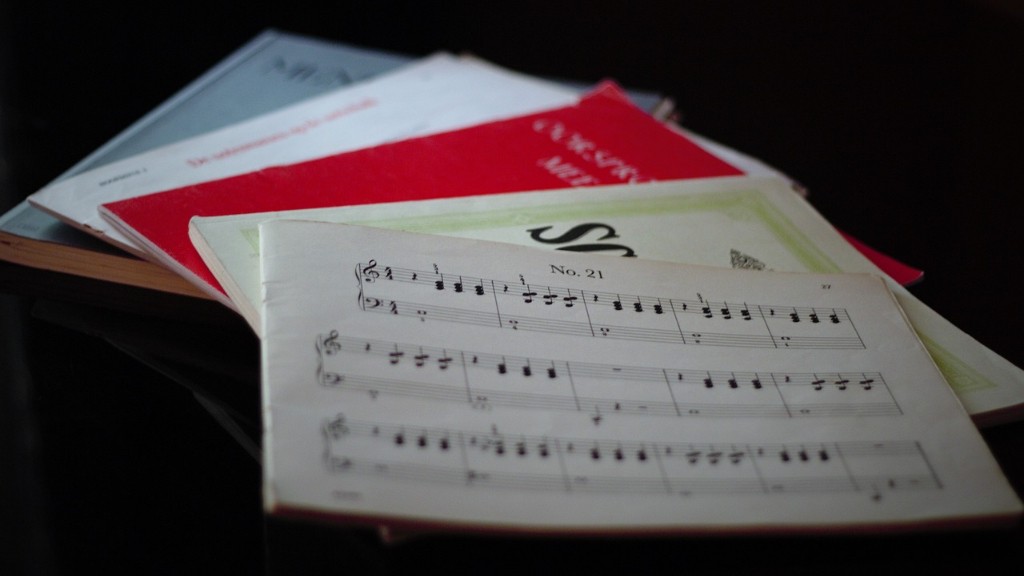Email has become the standard method of communication in the business world. While the process of composing an email may seem straightforward, there are certain protocols that should be followed to ensure the email is formal and professional. This guide will provide tips on how to compose a formal email, including what information to include and how to format the message.
There are a few key things to keep in mind when composing a formal email:
1. Use a professional sounding email address. If you have a work email, use that. If not, create a new email address that sounds professional.
2. Use a clear and concise subject line. Be specific about what the email is regarding.
3. Greet the recipient(s) by name, if you know it/them. If not, use a generic greeting such as “Dear Sir/Madam.”
4. Use a formal tone throughout the email. This means avoiding contractions (don’t, can’t, etc.), keeping sentences relatively short, and not using overly casual language.
5. If you are emailing someone you do not know, it is always a good idea to include your name, title, and contact information at the end of the email.
6. End the email with a courteous phrase such as “Sincerely” or “Thank you for your time.”
How do you start a formal email?
Dear [Name],
This email greeting is an appropriate salutation for formal email correspondence. It’s typically used in cover letters, official business letters, and other communication when you want to convey respect for the recipient.
Sincerely,
[Your Name]
Hello [Name],
I hope you are doing well. I am writing to you because I wanted to [give an update/request something/share something with you].
[If you are giving an update:]
I wanted to let you know that [brief update]. I have been [brief description of what you have been doing].
[If you are requesting something:]
I am writing to ask for your help with [request]. I would really appreciate it if you could [action you are requesting].
[If you are sharing something with the person:]
I wanted to share [information] with you because I thought you would be interested.
Thank you for your time,
[Your name]
How do you start a formal email paragraph
There are a few different ways to start a business email, depending on the purpose of the email. If you’re emailing to establish or maintain contact with someone, you might start with “I hope this email finds you well” or “I hope you are having a great week.” If you’re emailing to thank the person for something, you might say “Thank you for the quick response” or “Thank you for getting in touch with me.” If you’re emailing to ask for something, you might start with “I’m writing to inquire about” or “I’m hoping to get your advice on.”
1. Greet the person you’re emailing
2. Are you thanking the person, or are you responding to a recent message from them?
3. Explain why you’re emailing
4. Remember to keep it short
5. Wrap up with a closing line
6. Sign off with an appropriate closing
7. Take a moment to proofread
What is a good opening sentence for an email?
Hello [Name],
I hope this email finds you well. I hope you’re having a great week so far. I hope you had a lovely weekend. I hope you had a lovely vacation.
Thank you for your time,
[Your Name]
When beginning an email, it is best to start with a formal address such as “Dear [Name].” This is especially true when contacting someone in a position of respect or authority. Using “Dear” as a direct address is common when sending cover letters and resumes to hiring managers and recruiters.
How does professional email look like?
A professional email address is one that is associated with a specific domain name and used for business or personal communications. The most common format for a professional email address is firstnamelastname@domaintld. However, there are other formats that can be used, such as firstnameinitiallastname@domaintld or firstnameinitiallastname@domaintld.
Email messages should be formatted like a typical business letter, with spaces between paragraphs and no typos or grammatical errors. Don’t mistake length for quality—keep your email brief and to the point. Avoid overly complicated or long sentences.
What are 3 good intro to a professional email
If you need something formal, allow me to introduce myself. I am [insert name], and I am happy to help you with whatever you need. I will be available at [insert time and date] to assist you. Thank you for your time, and I look forward to hearing from you soon.
After having received your address from our mutual friend, I am writing to you to express my sincerest condolences on the loss of your father. I can only imagine how difficult this time must be for you, but know that you are in my thoughts and prayers.
What are the best opening lines for a formal letter?
Dear Sir/Madam,
I am writing to request information about your company’s product warranty. I recently purchased one of your products and it appears to be defective. I would like to know what my options are for replacing or repairing the product.
Thank you for your time.
Sincerely,
[Your Name]
Thank you for letting me know.
Thank you for the heads up.
Thank you for the notice.
Please note.
Quick reminder.
Just a quick/friendly reminder that.
Thank you for sharing.
I’d like to inform you that.
How to start a formal letter
Dear [Name],
Thank you for your letter. I am sorry to hear about your recent loss. Please know that my thoughts are with you and your family during this difficult time.
Sincerely,
[Your Name]
A good opening sentence is like a teaser for the book. It’s something that will make the reader want to know more, and it’s also something that will elicit an emotional response.
What is the 5 sentence rule?
guy kawasaki is right. an email should be polite and to the point. anything more than five sentences is probably unnecessary.
The only way to improve your writing is to practice. A lot.
Would you rather have a job you love or a job that pays well?
There are two types of people in the world, those who are motivated by success and those who are motivated by helping others.
The more you help others, the easier it becomes.
Do you think you understand how to write a great essay? Here is why you’re wrong.
I always told myself that writing is the perfect way to express myself. Five years ago, I decided to start writing every day.
What is an example of a formal greeting
When choosing a greeting, it is always best to err on the side of being too formal rather than too informal. The most respectful greetings are formal ones like “hello,” or time-related greetings like “good morning” or “good evening.” To make it even more respectful, add the listener’s formal title afterwards, like “hello, Mr or Mrs ______,” or even “hello, sir or ma’am.”
There are a few email sign-offs that are almost always guaranteed to elicit a response from the recipient. Some of these include “regards,” “sincerely,” “best wishes,” “cheers,” and “best.” Others, like “as ever” and “thanks in advance,” convey a sense of appreciation that is sure to be appreciated by the recipient. No matter what sign-off you choose, make sure to include a genuine thank you to the person you are emailing.
Warp Up
When composing a formal email, it is important to use a professional and courteous tone. The email should be clear and concise, with no grammar or punctuation errors. It is also important to use a proper salutation and closing, as well as to include all relevant information in the email body.
End your email with a complimentary close and your signature.


